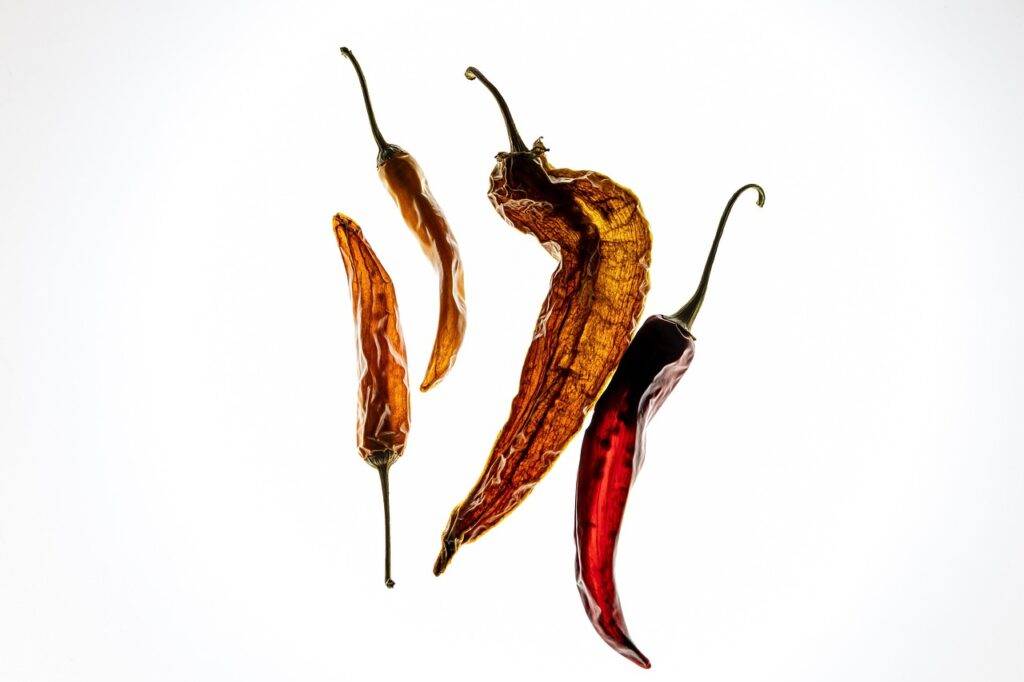




The jalapeño is one of the most popular chili peppers in the world, prized for its versatile flavor, vibrant green color, and moderate heat. Native to Mexico, this small pepper is a key ingredient in many cuisines across the globe. Typically 2-3 inches long, jalapeños boast a glossy, smooth surface and come in shades of green or red, depending on their ripeness. The green jalapeño is often picked early for a crisp, fresh flavor, while red jalapeños are more mature and slightly sweeter.
The jalapeño's name comes from Xalapa (also spelled Jalapa), the capital city of Veracruz, Mexico, where the pepper was traditionally cultivated. It’s part of the Capsicum annuum species, which includes other chili varieties like bell peppers and cayenne.
The flavor profile of a jalapeño is a delightful balance of heat and sweetness. When you first bite into it, you’ll notice a crisp, slightly grassy, and tangy taste, followed by a mild-to-moderate heat that spreads across your palate. The heat level of a jala-peño varies depending on factors like growing conditions and ripeness but typically ranges from 2,500 to 8,000 Scoville Heat Units (SHU) on the Scoville Scale.
Jala-peños are unique due to their versatility and balanced heat. They’re a gateway chili for many spice enthusiasts because they’re spicy but not overwhelmingly so. Here’s what sets them apart:
Jala-peños are not just about the heat; they’re packed with nutrients! They’re an excellent source of vitamin C, which boosts immunity, and capsaicin, a compound that provides anti-inflammatory and metabolism-boosting benefits. Source
From being stuffed with cheese to sliced and pickled for burgers and sandwiches, jala-peños adapt well to a variety of cooking methods. Their moderate heat makes them approachable for both spicy food lovers and those who prefer a milder kick.
Unlike hotter peppers that leave a lingering burn, jala-peños offer a quick, sharp heat that dissipates faster, allowing the other flavors of a dish to shine.
People's experiences with jala-peños vary widely, but most agree that these peppers are a fantastic addition to their meals. Here’s what some say after tasting them:
Jala-peños are the star ingredient in countless recipes, both traditional and modern. Here are some popular dishes where jala-peños shine:
One of the most beloved appetizers, jala-peño poppers are made by stuffing halved peppers with cream cheese or cheddar, coating them in breadcrumbs, and baking or frying until golden.
Jala-peños bring spice and tanginess to fresh salsas, often mixed with tomatoes, onions, cilantro, and lime juice. This classic Mexican condiment pairs perfectly with tortilla chips, tacos, or grilled meats.
This Southern classic takes cornbread to the next level by adding diced jala-peños for a spicy kick, balancing the sweetness of the bread.
Pickled jala-peños are a pantry staple. These tangy, mildly spicy peppers are often used to top pizzas, nachos, sandwiches, and more.
For an adventurous twist on the classic cocktail, jala-peño slices are muddled with lime and tequila to create a spicy-sweet drink.
Adding finely chopped jala-peños to guacamole gives it an extra layer of heat and flavor without overpowering the creamy avocado base.
Jala-peños are a staple in kitchens worldwide, loved for their balance of heat and flavor. Whether you’re a spice newbie or a seasoned chili enthusiast, jala-peños are an excellent way to experiment with heat in your cooking. Their versatility, paired with their distinct taste, makes them a favorite among home cooks and professional chefs alike.
1. Are jalapeños healthy?
Yes, jala-peños are a rich source of vitamins, especially vitamin C, and contain capsaicin, which has anti-inflammatory and metabolism-boosting properties.
2. Can you eat jalapeños raw?
Absolutely! Raw jala-peños are crisp and fresh-tasting, perfect for adding heat to salads and salsas.
3. How do you reduce the heat of a jalapeño?
Removing the seeds and inner white membrane reduces a jala-peño’s heat, as these parts contain the highest concentration of capsaicin.
4. Are red jala-peños hotter than green ones?
Red jala-peños are generally sweeter and can be slightly hotter due to their ripeness, but the difference is usually minimal.
5. Can I grow jalapeños at home?
Yes! Jala-peños are easy to grow in pots or gardens. They thrive in warm climates and require regular sunlight and watering.
Please don’t forget to leave a review.
